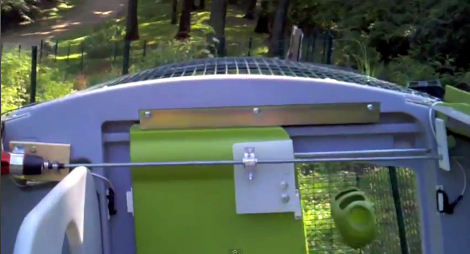
After seeing a cool fiberoptic chandelier on Ebay for over $1,000, [Apex Logic] figured he could build one himself that would not only be cheaper, but have more features. Some of the features he was after were for it to be wirelessly controlled, have the ability for full RGB control, and of course to have a custom look. He pulled it off quite nicely as you can see in the video below. He has a wireless controller with 3 sliders representing RGB that you can catch a glimpse of in the second video below.
His page with the build details and the code seems to have suffered some ill fate this morning. Here it is, for when it returns.
[via Adafruit]










Recent Comments